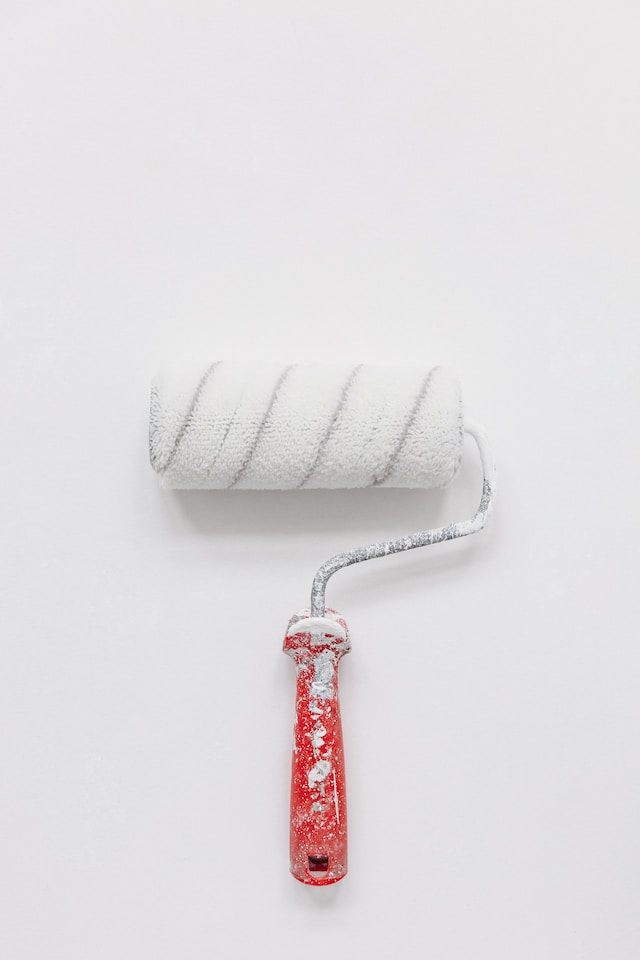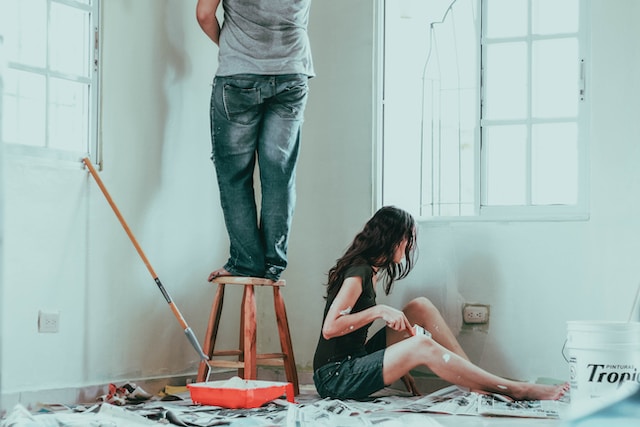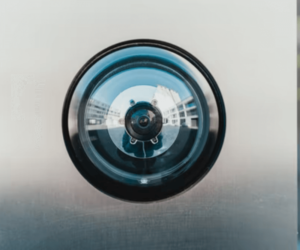
Painting the interior and exterior walls of your home can be challenging. Still, with some preparation, you can make it into an enjoyable experience that will impress you with the outcome. Whether tackling this project yourself or hiring a professional, understanding how to prepare the painted surfaces and the environment is critical to completing an adequate job. This interior and exterior painting guide will help you create beautiful results.
Benefits of Interior and Exterior Home Painting
Getting a new paint job is one of the easiest and most cost-effective ways to freshen your home. Not only does it make your house look more aesthetically pleasing, but it also provides numerous benefits. The benefits of home painting include:
1. Creating A Lively Atmosphere
You can instantly create a pleasant atmosphere by painting your walls with vibrant colors and patterns. Different colors can change the mood of a space and influence one’s emotions. For example, pastel colors can make a bedroom more inviting, while warm colors are appropriate for kitchens as they provide comfort and warmth.
2. Enhancing The Space
Painting your walls can be a great way to give the illusion of a room being bigger or smaller than it is. For example, lighter colors will make a small room appear larger, while darker colors will give a more intimate feel to larger spaces. Additionally, painting in different patterns and designs can add a creative touch to any room in your home.
3. Protecting Your Walls
Another benefit to home painting is that it can help protect the walls from damage, such as scratches and dirt. Applying a few coats of paint will provide extra protection to your walls. Additionally, if any type of damage does occur, it is easier to repair by only needing to touch up the area rather than replacing the entire wall.
4. Increasing The Value Of Your Home
When preparing to sell your home, one essential factor influences the price. Having freshly painted walls can make a massive difference in how buyers perceive your house and how much they are willing to pay. Exterior painting adds a layer of protection from the elements, improving the look of your home and increasing its value.
Types Of Paints For Interior And Exterior Home Painting
When painting your home, choosing the right type of paint is essential. Interior and exterior paints come in various finishes, including matte, satin, and gloss, and have different durability levels suitable for other areas of the house. High-traffic areas require a durable finish, while bedrooms can have less durable finishes.
Exterior paints must withstand harsh weather conditions like heat, rain, and snow. The most common exterior paint types are oil-based and latex-based paints. Oil-based paints offer better adhesion and durability but require solvents for cleaning up. Latex-based paints have fast drying times, are easier to clean up and work well on most surfaces. Understanding your needs and considerations will help you choose the right paint for your home.
Preparation Tips Before Painting Your Home
Preparing your home correctly before starting your painting project is crucial to ensure the final result is flawless.
1. Clean The Walls
Before applying paint, thoroughly clean the surface to remove any dirt or particles that may prevent a smooth finish. Use warm water and mild soap to scrub off the debris and allow it to dry completely before painting.
2. Repair Any Cracks
It’s essential to fix any cracks or holes before painting to avoid imperfections. Use a putty knife and joint compound to fill the gaps, let it dry, and then sand down the surface.
3. Sand The Walls
Sanding is essential, especially if you are repainting over existing paint. Use fine-grit sandpaper to sand down the walls, and make sure the surface is completely smooth before you start painting.
4. Prime The Walls
Using a primer before painting can help seal off any cracks and provide your walls with an even base coat. Priming also helps the paint to adhere better, reducing the chance of chips or peels.
5. Tape Off Any Areas That Need Not Be Painted
Taping off the area to be painted can save you a lot of time and effort. Cover door frames, windowsills, baseboards, and other places you don’t want the paint to get on with painter’s tape. This will help keep the lines sharp and straight when painting.
6. Cover The Floor
Covering your floors with plastic or drop cloths is essential to avoid paint spills. This will help keep your floors clean during and after the painting process.
Following these steps before starting your home painting project can make all the difference in delivering a quality finish that lasts. Additionally, if you need more confidence, it is always better to hire professionals. A professional has the right skills and expertise to do the job.

Hiring Professional Painters vs. DIY
When it comes to home painting, you may be faced with the decision of whether to hire a professional or tackle the job yourself. While the latter may seem like a cost-effective option, it’s essential to consider the time and effort you’ll need to invest and the quality of the finished product.
The choice depends on your budget, timeline, and personal preferences. Professional painters have experience choosing suitable paints, applying them evenly and efficiently, and ensuring the job is done with great attention to detail. Additionally, they often have access to top-quality materials that may only be available to the public.
Post-Painting Maintenance Tips To Keep Your Home Looking Great
Once you’ve finished painting your home, it’s essential to keep up with regular maintenance to keep your walls looking fresh and new.
1. Clean Off Spills Right Away
It’s essential to clean off any paint spills immediately before they can set in. Use a damp cloth to wipe away any liquid, then let it dry.
2. Regularly Dust The Walls
Dust can accumulate on your walls over time, making them look dull or discolored. Use a dust cloth to regularly dust off your walls, paying extra attention to any decorative elements or fixtures.
3. Spot Clean When Necessary
If you ever notice any stubborn marks on the walls, gently scrub them away with warm water and mild soap. Taking a few minutes to spot clean can make all the difference in your walls looking great. You can also opt for other solutions such as soft washing. According to professionals at Groovy Hues, “Soft washing treatment is a highly effective and a gentler application that incorporates a simple cleaning solution that provides lasting results.”
4. Refresh The Paint Every Few Years
Painting your home or a particular room every couple of years can help keep it looking fresh and new. If you notice any chips, peels, or fading between painting cycles, consider repainting that section to restore your walls to look new.
Conclusion
Painting your home can be daunting, but with the proper preparation and maintenance, you can achieve stunning results that last. Whether you decide to hire a professional painter or tackle the job yourself, following these steps will help ensure that your walls look great for years to come.



